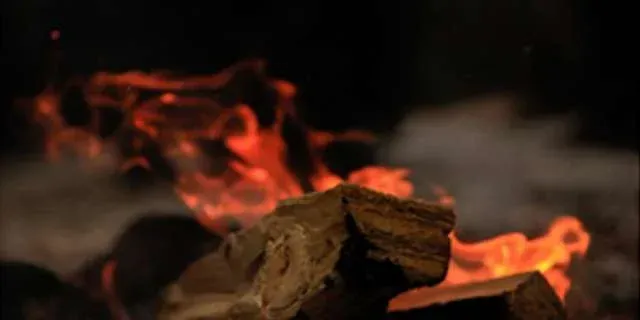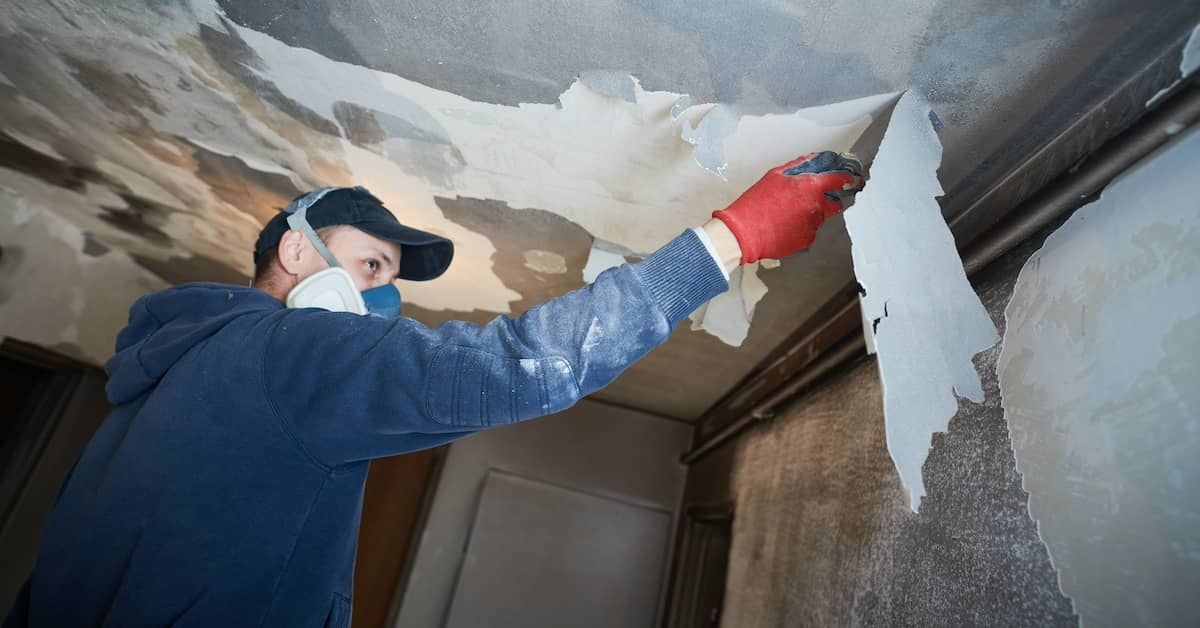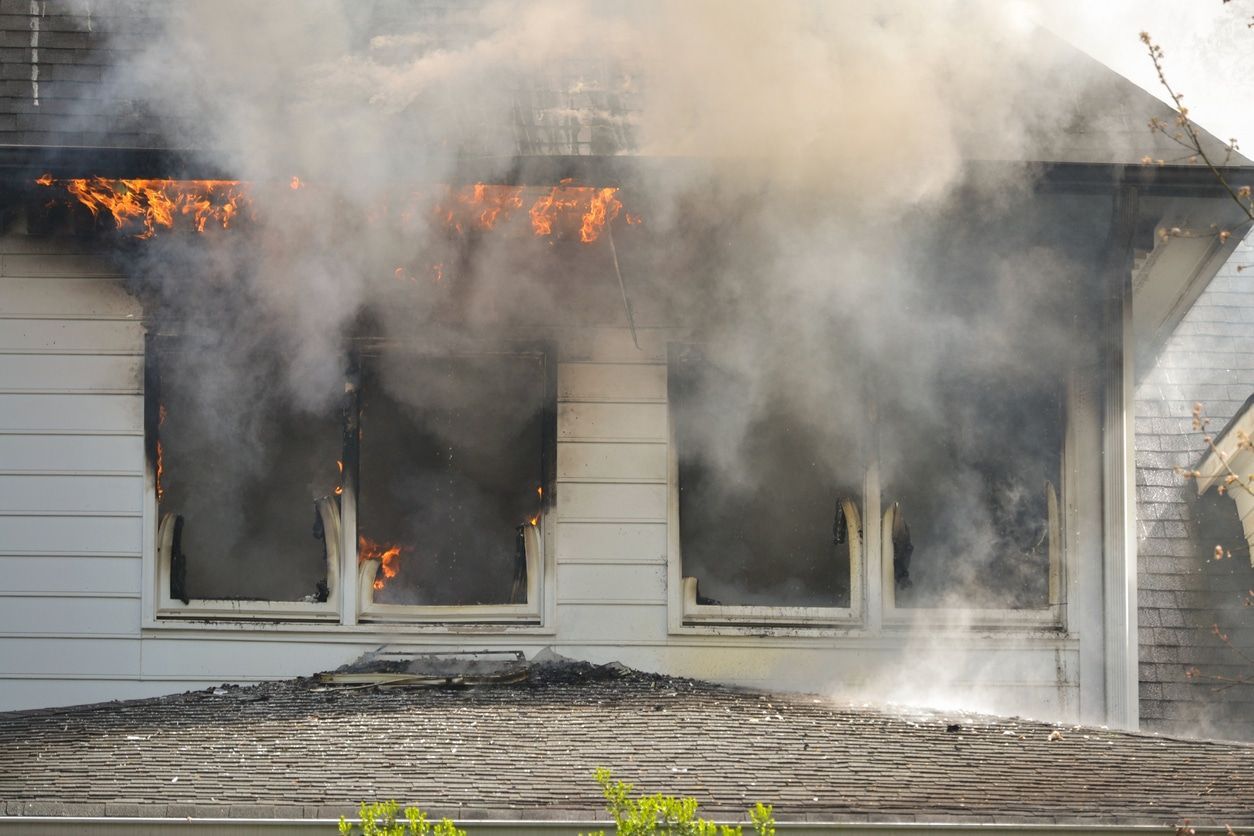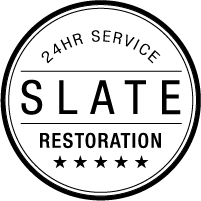How to Get Rid of Smoke Odor After a Fire
After a fire, the damage isn’t limited to what you can see—smoke odor can linger for weeks or even months if not properly addressed.
The microscopic particles from smoke penetrate walls, furniture, fabrics, and even your home’s HVAC system, making the smell difficult to remove. Beyond being unpleasant, lingering smoke can also pose health risks, especially for those with respiratory issues.
The good news is, with the right cleaning methods and equipment, you can significantly reduce or eliminate smoke odor. This guide covers practical steps, proven cleaning techniques, and professional solutions to restore freshness to your home after a fire.

Understanding Smoke Odor and Its Effects
After a fire, the lingering smoke odor is more than just an unpleasant smoke smell—it’s a sign of microscopic smoke particles and smoke molecules trapped in surfaces.
These particles from fire smoke can embed themselves deep into walls, ceilings, fabrics, and HVAC systems, making removal challenging. Smoke odors persist because fire smoke smell penetrates porous materials, affecting both comfort and air quality.
Smoke residue and smoke damage can also cause health problems, especially for those with respiratory conditions. The combination of soot and smoke can irritate lungs, trigger allergies, and even damage electronics.
While opening windows for fresh air can help temporarily, lasting results require deep cleaning to remove soot and treat all affected areas. Understanding how fire smoke interacts with your property is the first step toward safe, effective odor removal and full restoration.
How Long Does It Typically Take to Get Rid of Smoke Odor Completely?
The time it takes to fully remove smoke odor after a fire depends on several factors, including the severity of the smoke damage, the size of the affected area, and the restoration methods used.
Light smoke smell in a single room may clear within a few days with proper ventilation and cleaning. However, heavy fire smoke that has penetrated walls, carpets, insulation, and HVAC systems can take weeks or even months to fully eliminate.
For stubborn odors, professional solutions such as ozone treatment, thermal fogging, and deep cleaning are often necessary. Slate Restoration uses industry-grade techniques to neutralize smoke particles at their source, ensuring your home smells fresh again.
Acting quickly after a fire not only speeds up the process but also prevents odors from embedding deeper into your property’s structure.

How to Get Rid of Smoke Odor After a Fire
After a fire—whether a small fire contained in one room or significant fire damage throughout a property—the lingering smell can be one of the hardest issues to address.
Removing smoke odors is important not only for comfort but also for safety, as smoke and soot can be a long-term health hazard if left untreated. The process requires the right cleaning solutions, effective techniques, and sometimes professional help.
Below is a step-by-step guide for property owners who want to begin removing the smoke smell and restore fresh air to their home or business.

1. Act Quickly
The longer smoky air and soot particles remain in your home, the deeper they penetrate walls, fabrics, and HVAC systems. Acting quickly is essential to reduce odor absorption. Start by opening doors and windows to allow fresh air to circulate, and use fans to push contaminated air outside through the front door or other openings.
For severe smoke damage, these initial steps may not be enough. Slate Restoration can step in with advanced odor-removal techniques to target smoke particles at the source, helping you restore a clean, healthy environment faster.
2. Remove Debris and Damaged Items
Identify and dispose of materials burned or directly affected by flames. These items often trap odors and continue to release them over time. For salvageable items with strong odors, consider moving them off site to be treated separately during fire damage restoration.
3. Clean Hard Surfaces Thoroughly
On hard surfaces like walls, counters, and cabinets, soot can leave a greasy film. Use rubber gloves (or wear rubber gloves) to protect your skin while cleaning. Mix one tablespoon of dish soap or mild detergent with one quart of clear warm water for general cleaning. For stubborn residues, add a small amount of white vinegar to help neutralize odors. Always rinse with clear water immediately after cleaning to prevent streaking.
4. Wash Fabrics and Linens
Curtains, bedding, and clothing can hold onto smoky air for weeks. Use a wash cycle with mild soap or mild detergent, plus a cup of baking soda for odor absorption. If possible, line-dry items outdoors to let fresh air help in removing the smoke smell. Delicate fabrics may need to be handled by a dry cleaner with fire restoration experience.
5. Treat Carpets and Upholstery
Vacuum carpets and area rugs with a unit equipped with a HEPA filter to capture fine soot particles. For deeper odor removal, sprinkle baking soda generously over carpets, let it sit for several hours, then vacuum again. Upholstered furniture may require steam cleaning or specialized deodorizing sprays.
6. Clean Window Screens and Glass
Window screens can trap smoke and soot, reintroducing odors into your home every time air passes through.
To prevent this, remove the screens and wash them gently with mild soap and warm water, then rinse thoroughly with clear water. Clean the glass using a mixture of white vinegar and water to restore clarity and freshness.
For smoke damage that lingers beyond surface cleaning, Slate Restoration offers professional cleaning services to ensure every trace of odor and residue is eliminated, helping your home feel truly fresh again.
7. Purify the Air
Airborne soot particles can settle long after the fire is out. Use portable air purifiers with HEPA filters to continuously clean the air. Place bowls of activated charcoal or cotton balls dipped in pure vanilla extract around the home to naturally absorb odors.
8. Clean Air Ducts and HVAC Systems
Your HVAC system can spread odors through air ducts if not cleaned. Replace all filters and consider hiring a fire damage restoration specialist to deep-clean ductwork. Running the system before it’s cleaned can circulate contaminants and make removing smoke odors harder.
9. Neutralize Lingering Odors on Surfaces
For walls and ceilings, a mixture of white vinegar and clear warm water can help neutralize odors after soot is removed. Avoid oversaturating painted surfaces, and always rinse with clear water immediately to prevent streaking.
10. Know When to Seek Professional Help
If fire damage is extensive or if you cannot completely eliminate odors after thorough cleaning, seek professional help.
A restoration company can use advanced treatments like ozone generators, thermal fogging, and specialized cleaning solutions to reach areas you can’t. These services are especially helpful for property owners dealing with odors in large spaces or after long-term exposure.
Does Smoke Damage Affect Your Indoor Air Quality?
Smoke damage can greatly affect the air quality in your home or business. Smoke particles and chemicals can linger long after a fire, posing health risks to anyone breathing it in.
Beyond respiratory issues, smoke can seep into furniture, carpets, and clothing, leaving strong odors and potentially triggering allergies or asthma.
Soot from a fire can also cause further damage if not cleaned properly. Its acidic nature can corrode surfaces over time, making prompt cleanup essential.
Tips for Preventing Odors from Returning
Here are some tips to help prevent odors from returning after fire damage:
- Promptly and thoroughly clean affected areas using appropriate cleaning solutions.
- Remove any remaining debris or materials that still hold odor (carpet padding, drywall, etc.).
- Ventilate the space by opening windows and doors, running fans, or using air purifiers.
- Sprinkle baking soda on fabrics and carpets and let it sit for a few hours before vacuuming it up.
- Use deodorizing sprays or natural remedies like white vinegar or activated charcoal to absorb odors.
By following these tips and taking prompt action after a fire, you can minimize the risk of lingering odors in your home or business.

When to Call a Professional Restoration Service
Call a professional restoration service if smoke odors persist, fire damage is extensive, or air ducts are contaminated. Warning signs include smoky air, deep odors trapped in walls or furniture, and hidden soot particles.
Large-scale damage or structural issues often require specialized equipment and expert handling. For Mesa homeowners, Slate Restoration offers the tools, training, and experience to handle even the toughest smoke odor problems.
Our team can manage delicate materials, prevent further damage, and restore your property safely. If severe odors or health risks are present, our experts provide thorough cleanup — often with support navigating insurance claims.

